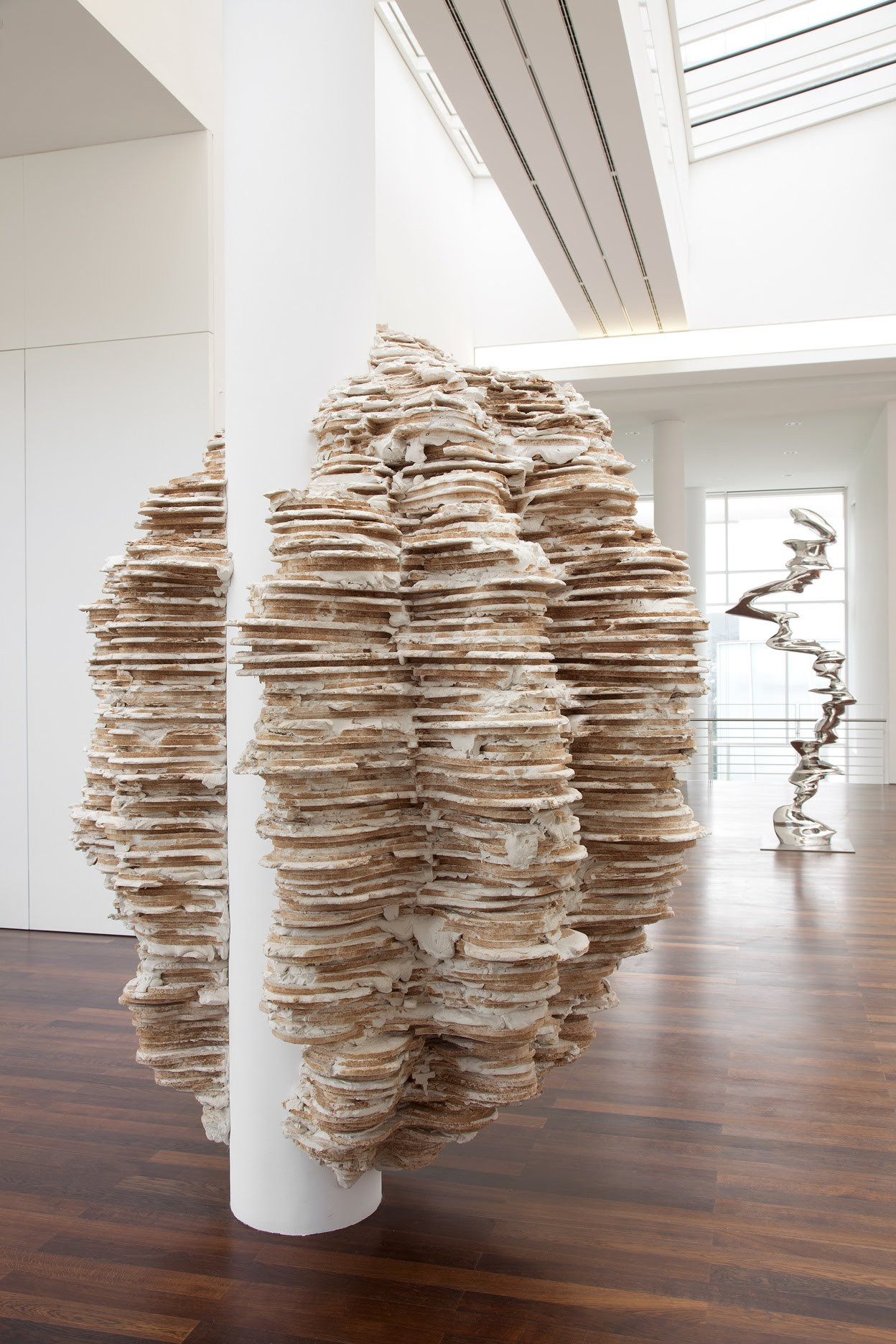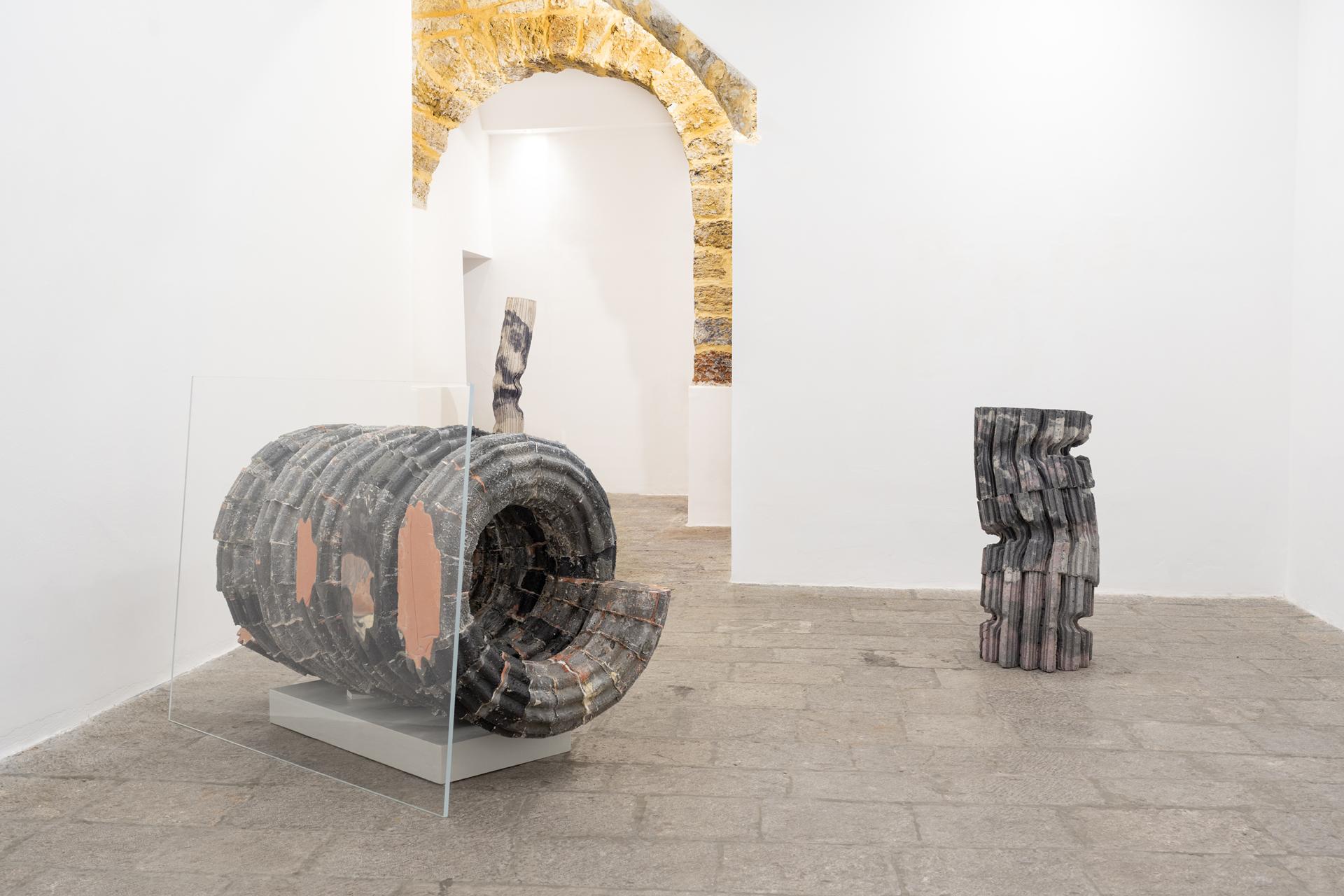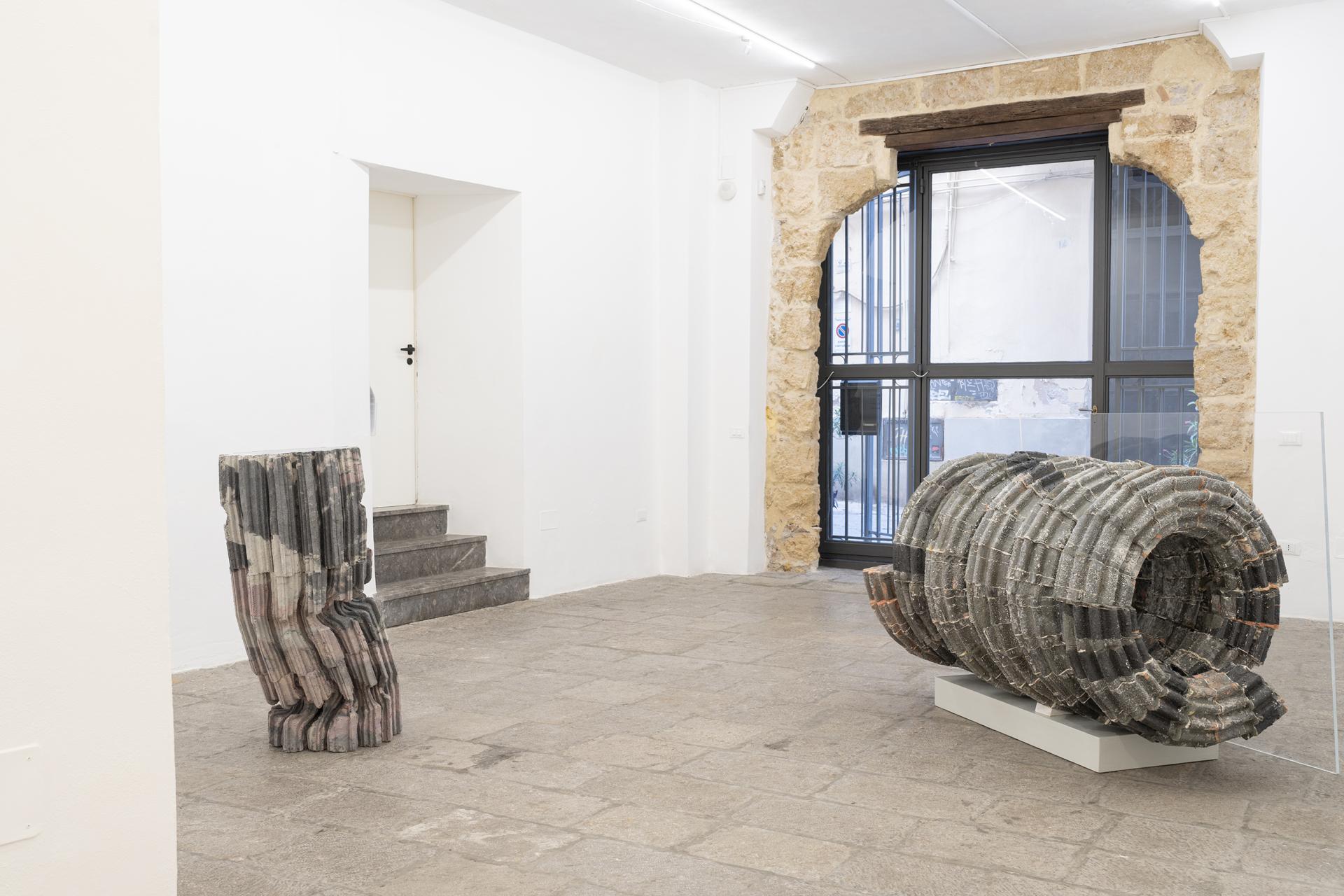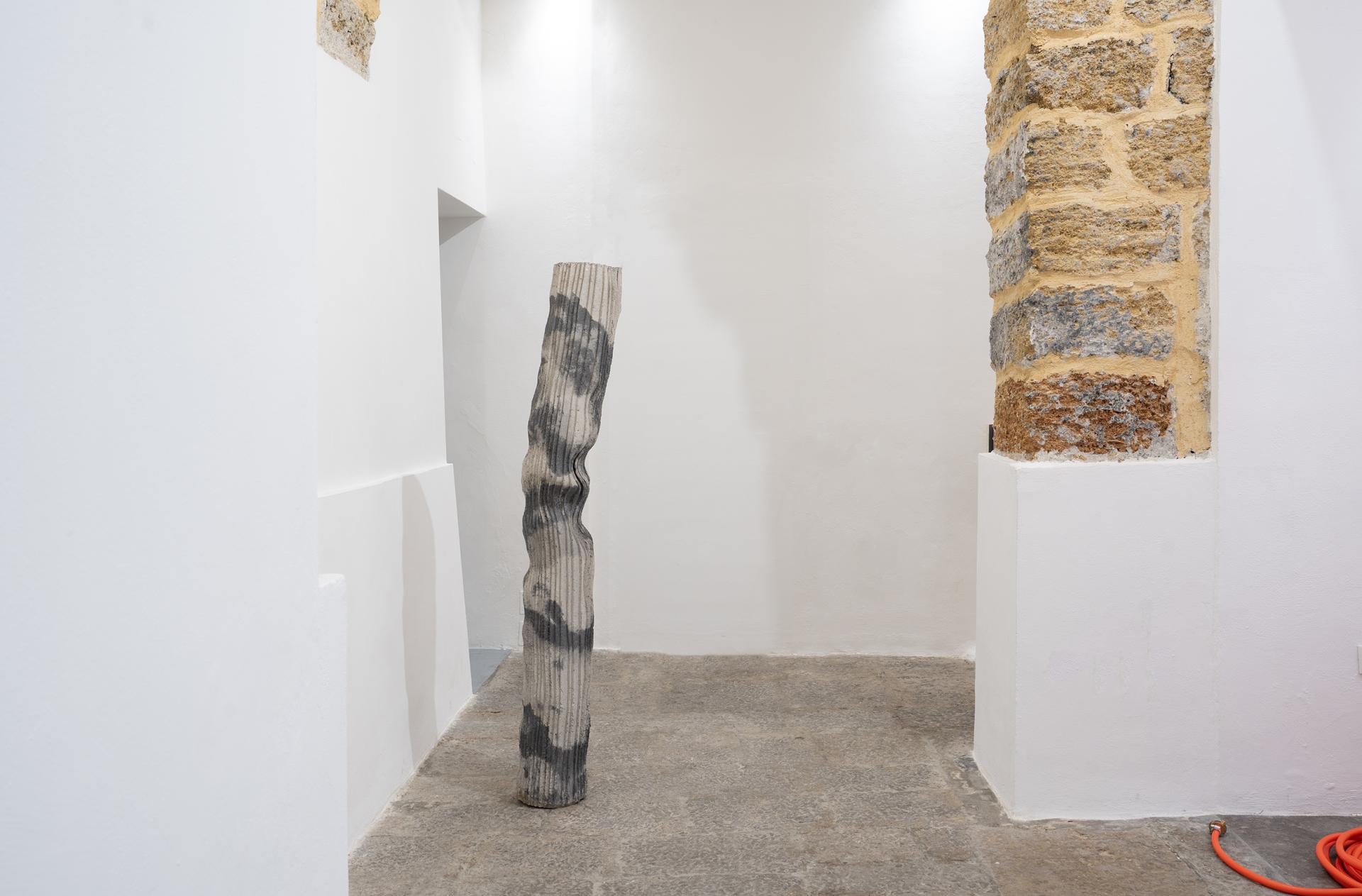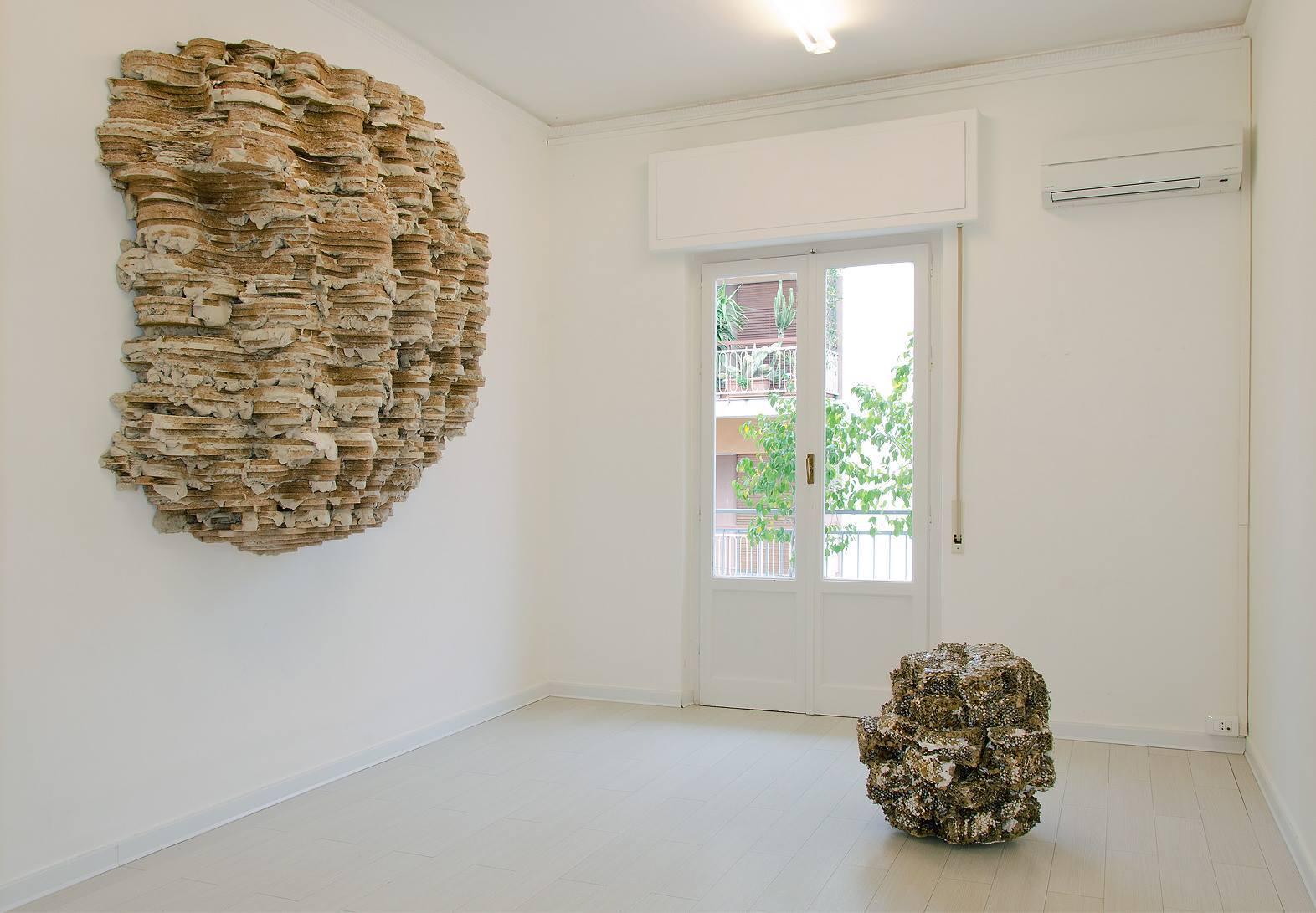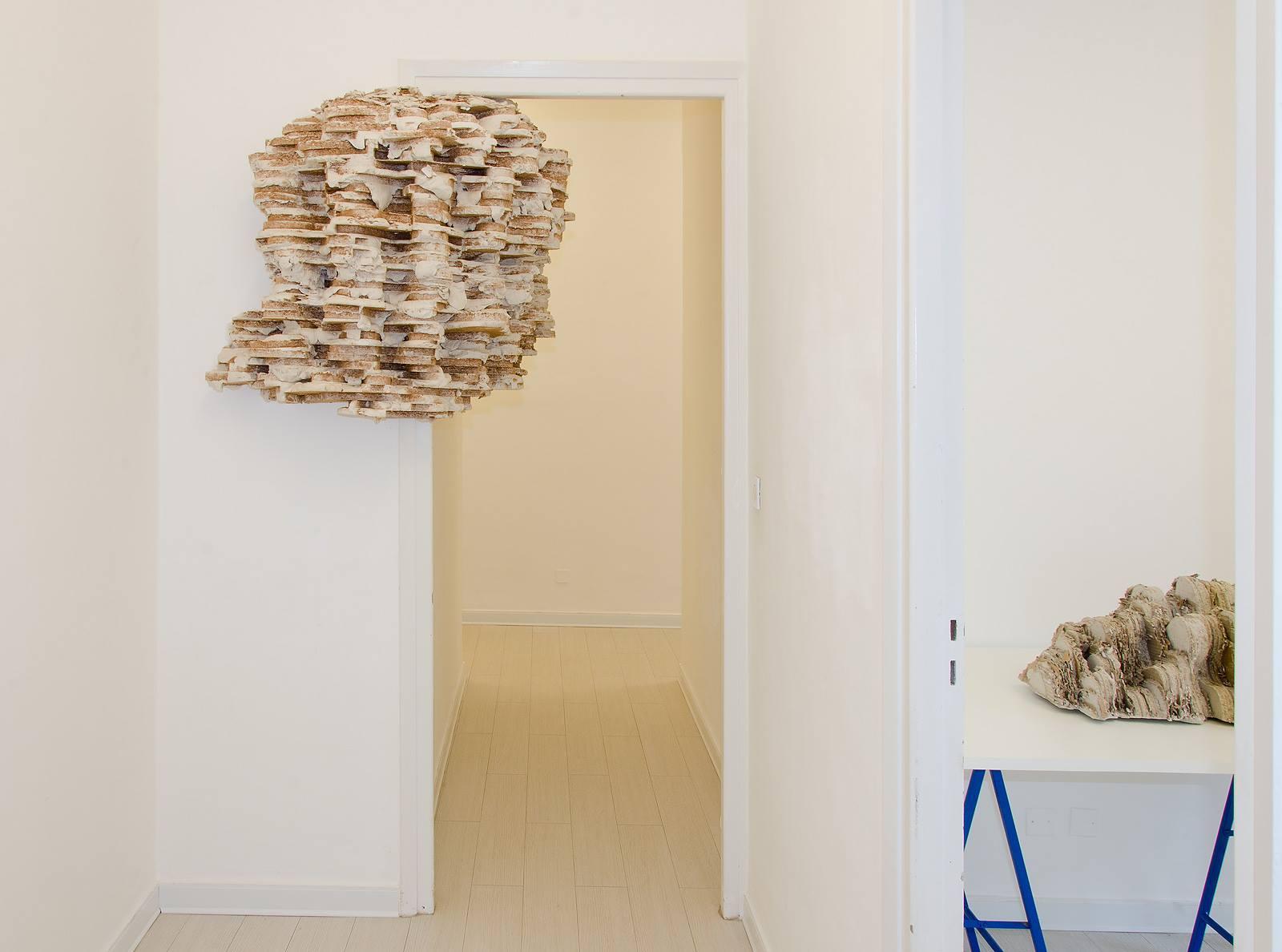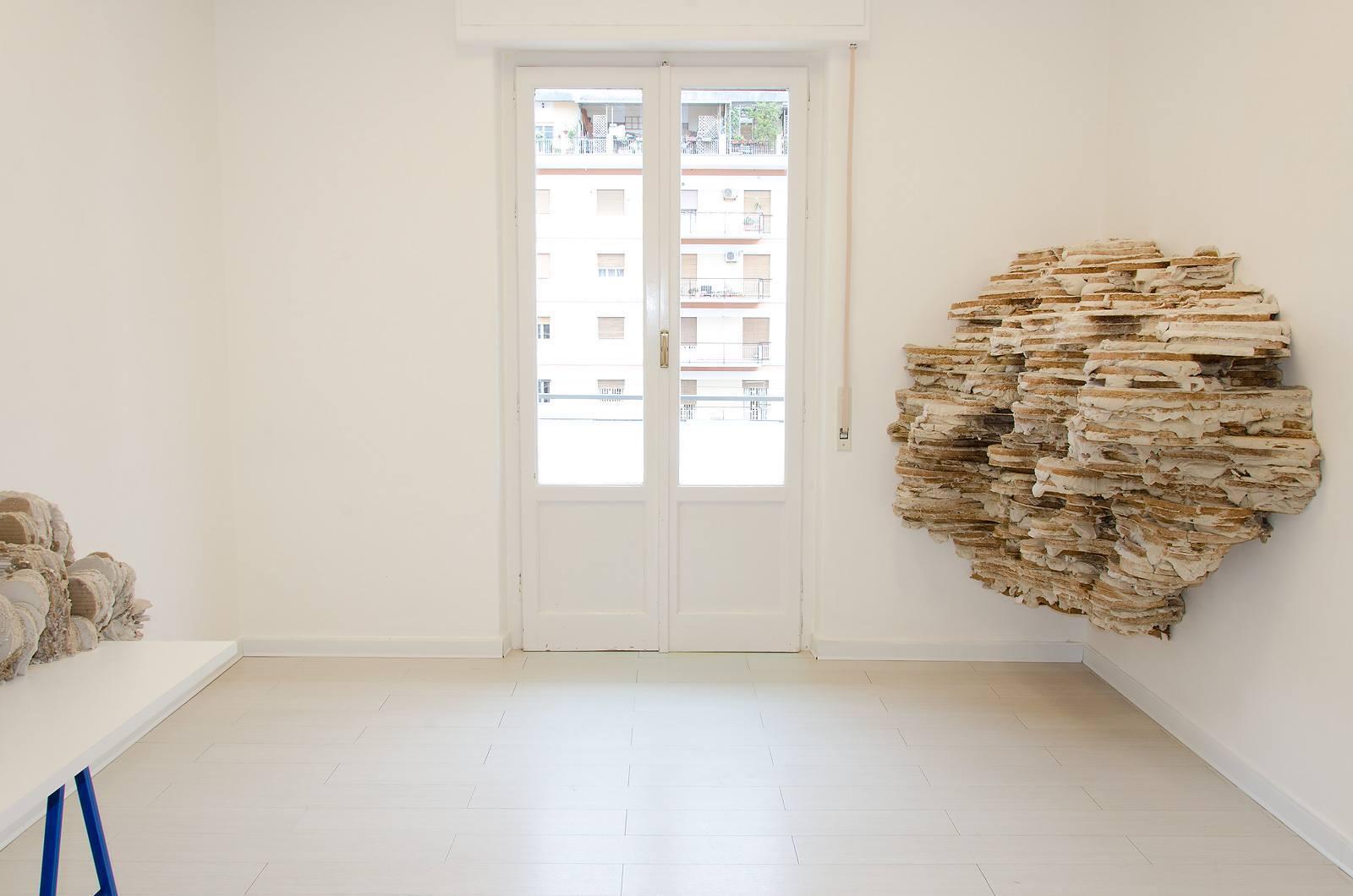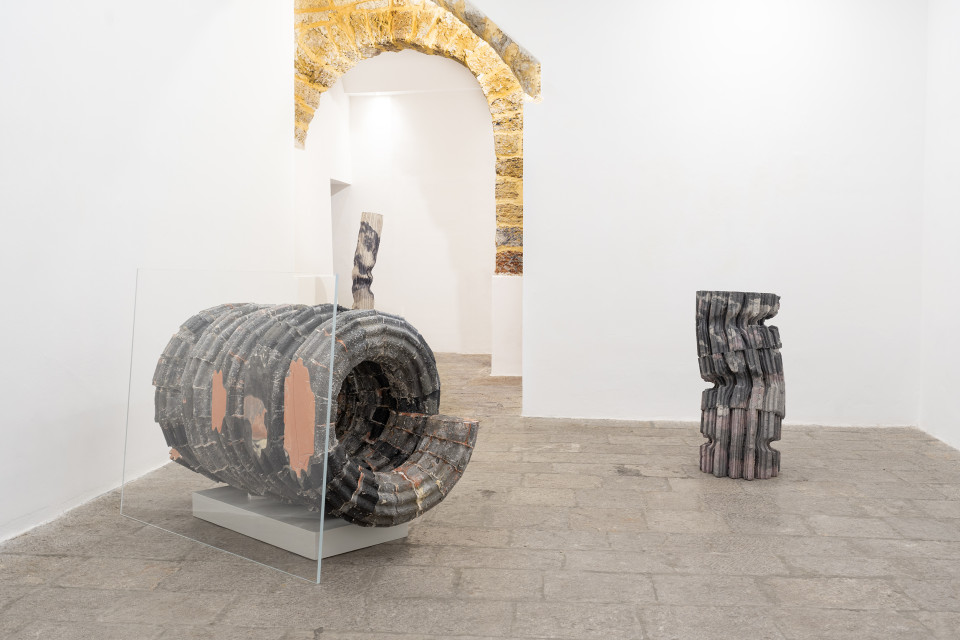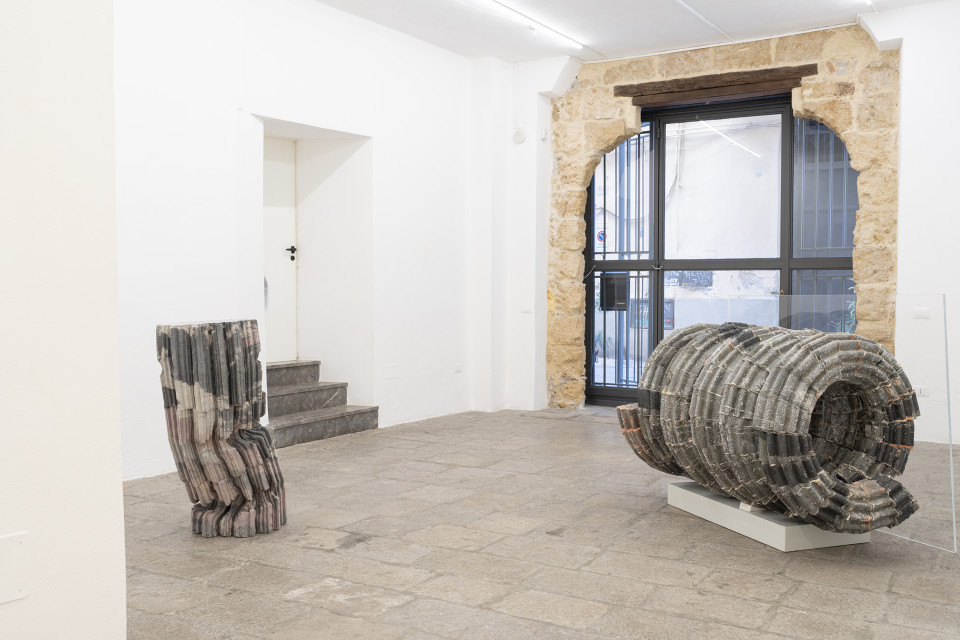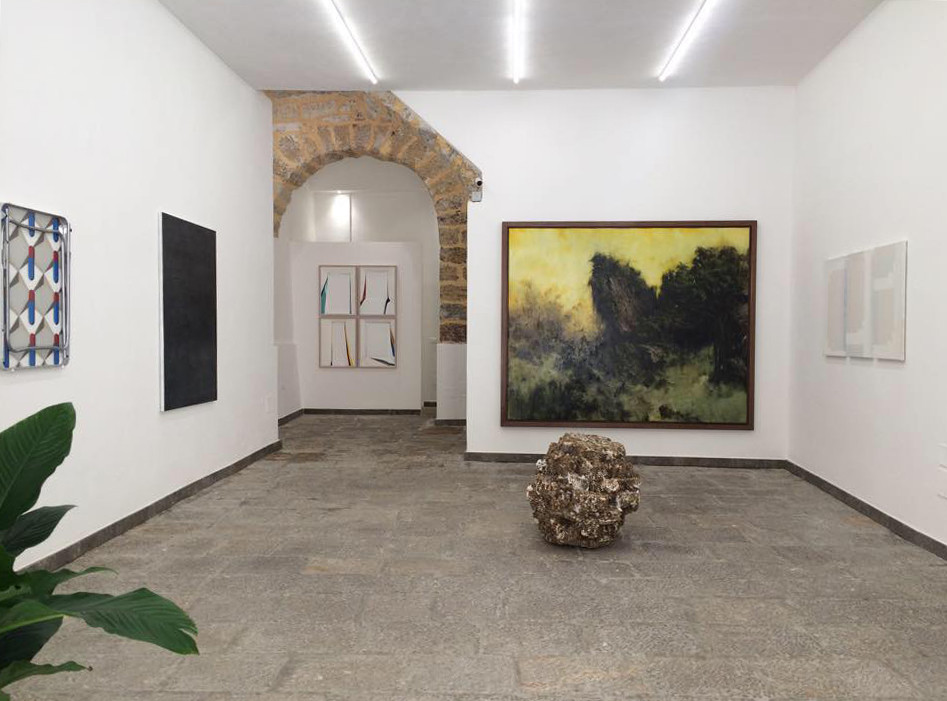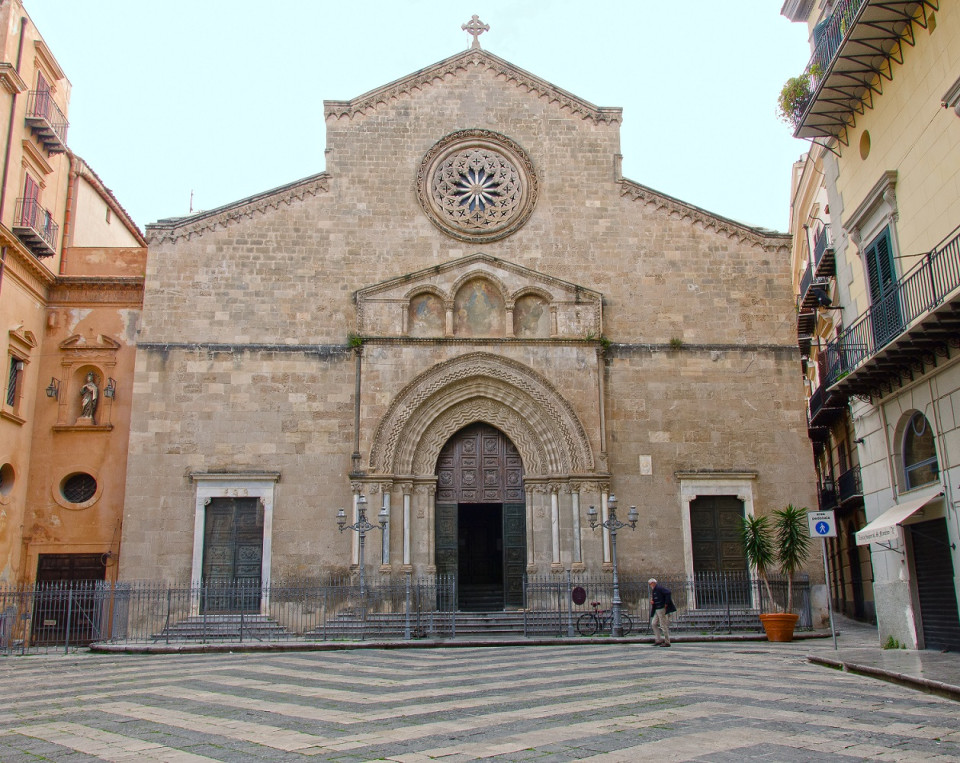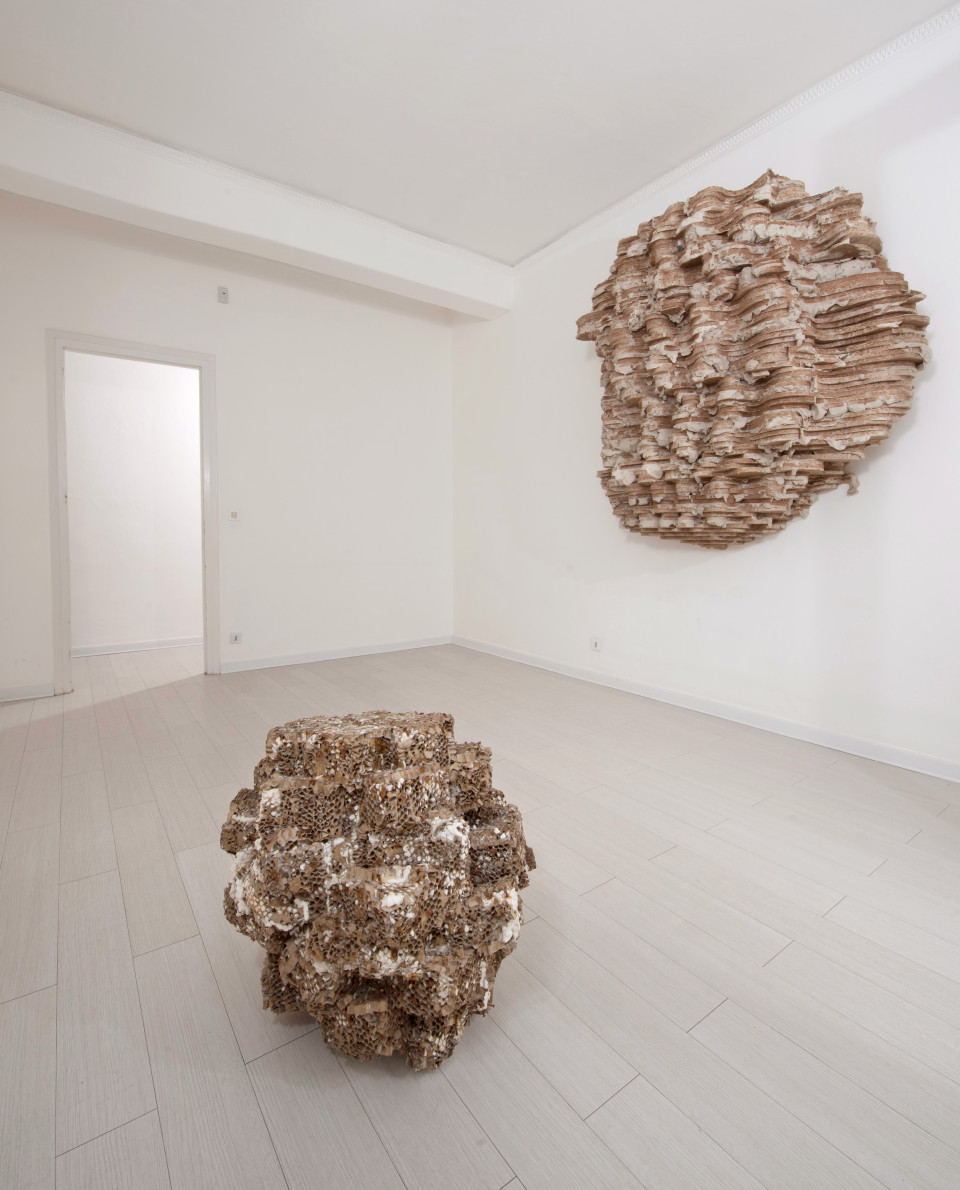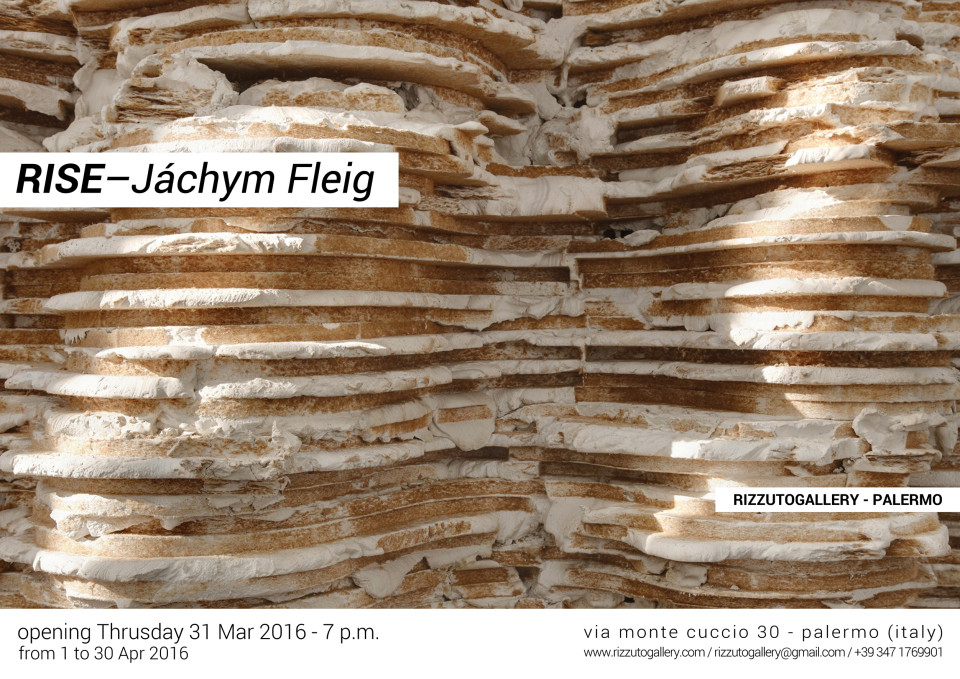Jáchym Fleig
In the work of Jàchym Fleig, the traditional concept of sculpture extends into its environmental confines. Through an integration of sculpture and its surroundings, his works take on the character of temporary installations, influenced by external conditions that subject them to constant change.
Fleig’s sculptures, like organic structures in a state of proliferation and growth, unfold by invading the space that accommodates them. Supporting structures, pillars, walls, floors, windows, ceilings, furniture; all become potential anchoring sites for the artist’s installations, in some cases clinging – like parasitic bodies or organogenic concretions – to the exteriors of exhibition and museum spaces.
Made of concrete, cement, plaster, wood and polyurethane, Fleig’s works appear weightless and abundantly alive; used in unconventional ways, these common building materials muster surprising forms, geared to evoke stark emotional responses and to sometimes disturbingly intrude upon the normality of familiar places, of safe and demarcated urban spaces.
Fleig’s conceptual sculpture instils an ambivalence between weight and weightlessness, organic and inorganic, biomorphic and anthropomorphic, but also a reflection on the fragile boundary between growth and decay, between order and chaos, between the security of the known and the obscurity of the unknown, where permanence itself seems at risk amidst the circulations of ephemeral states.
Trained at the Academy of Fine Arts Stuttgart and both the Slade School of Fine Art and Royal College of Art in London, he has shown in numerous solo and group exhibitions in public venues. Notable amongst them: Applikation – Forum Kunst, Rottweil; Neue Arbeiten – Gesellschaft fur Bildende Kunst, Trier; Ephemere – Dortmunder U, Dortmund; Akkumulation – MUSEUM ART.PLUS, Donaueschingen; Shift - Kunstverein Aurich, Aurich; Salon d’Automne – Grand Palais des Champs Elysees, Paris; Die Grosse – Museum Kunstpalast, Düsseldorf.
His works are held in various public collections: Dortmunder U, Germany; Huma Kabakci Collection, Turkey; Museum Pachen, Rockenhausen, Germany; Knolle Societät, Offenbach, Germany; Kunstverein Trossingen, Germany; Wilhelm Lehmbruck Museum, Duisburg, Germany; Museo de Arte Carillo Gil, Mexico City, Mexico.
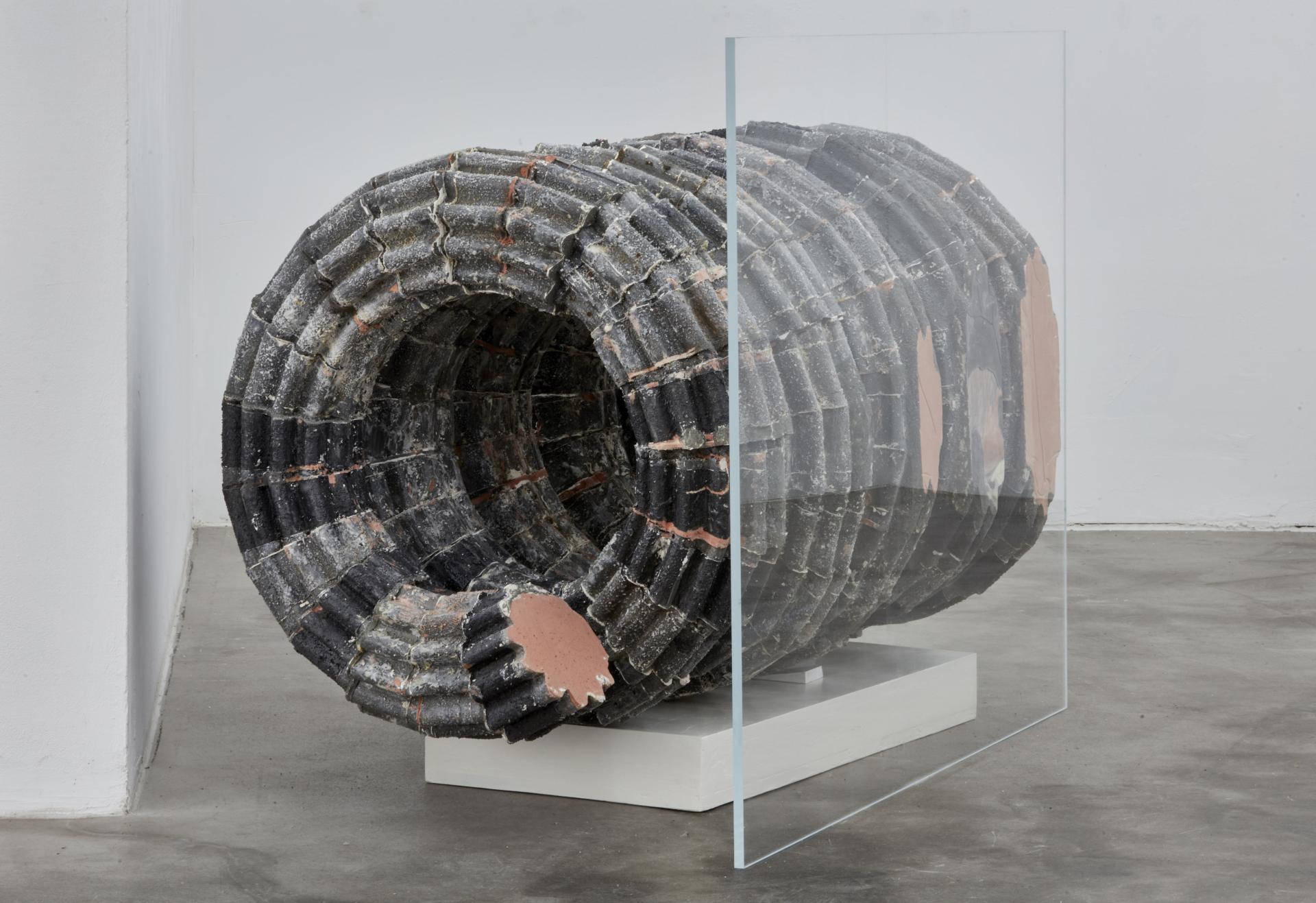
150 x 130 x 140 cm
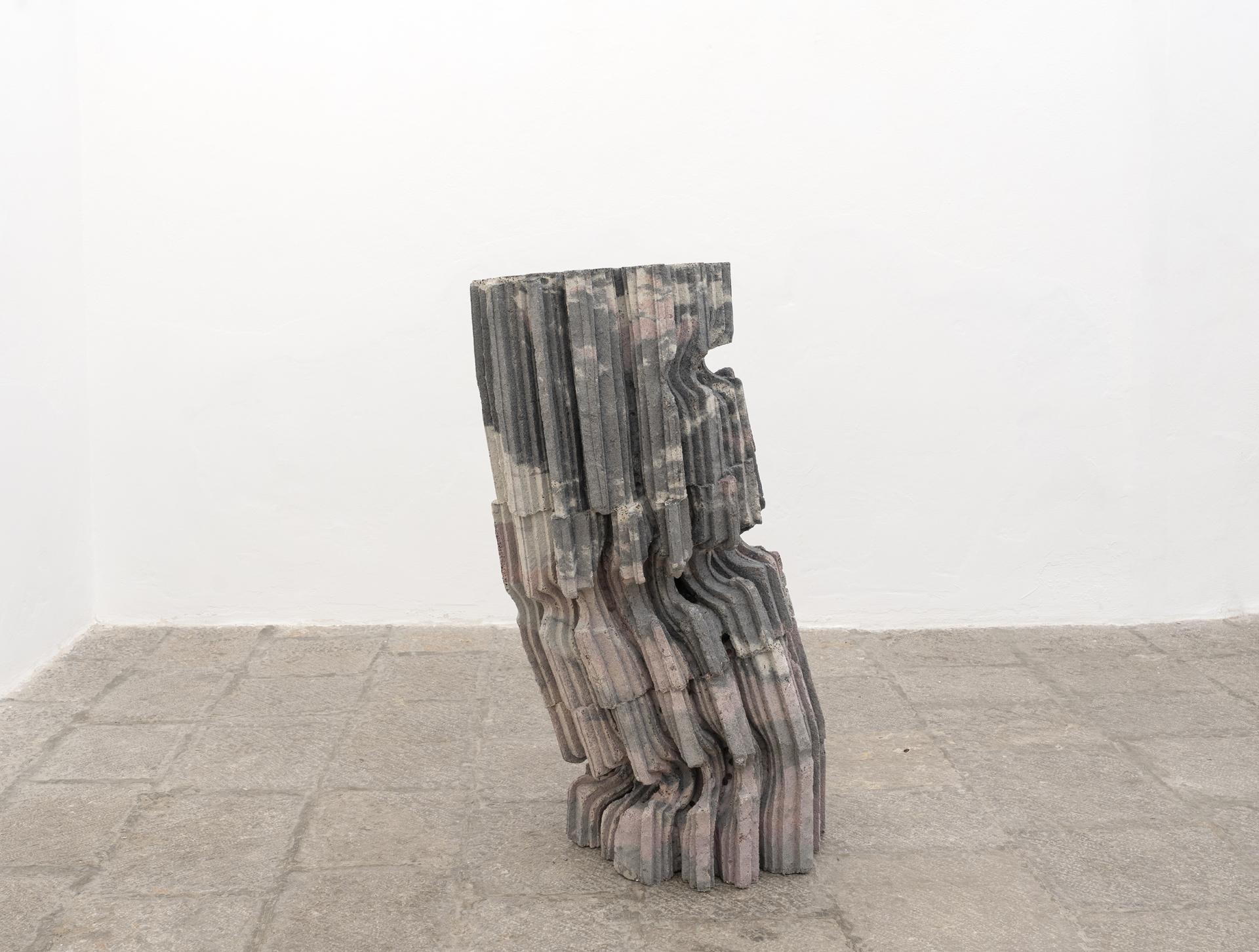
130 x 55 x 55 cm
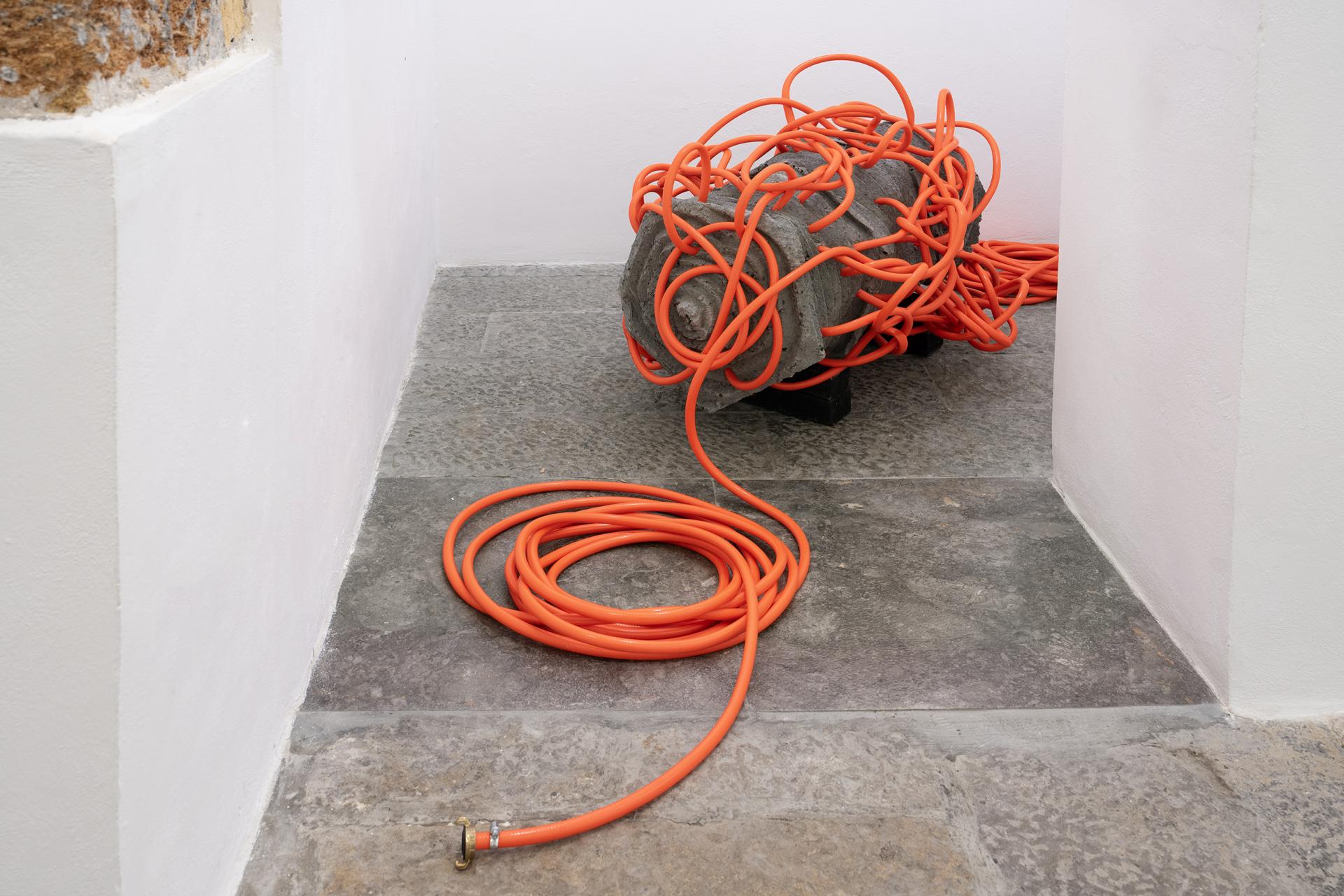
70 x 70 x 60 cm
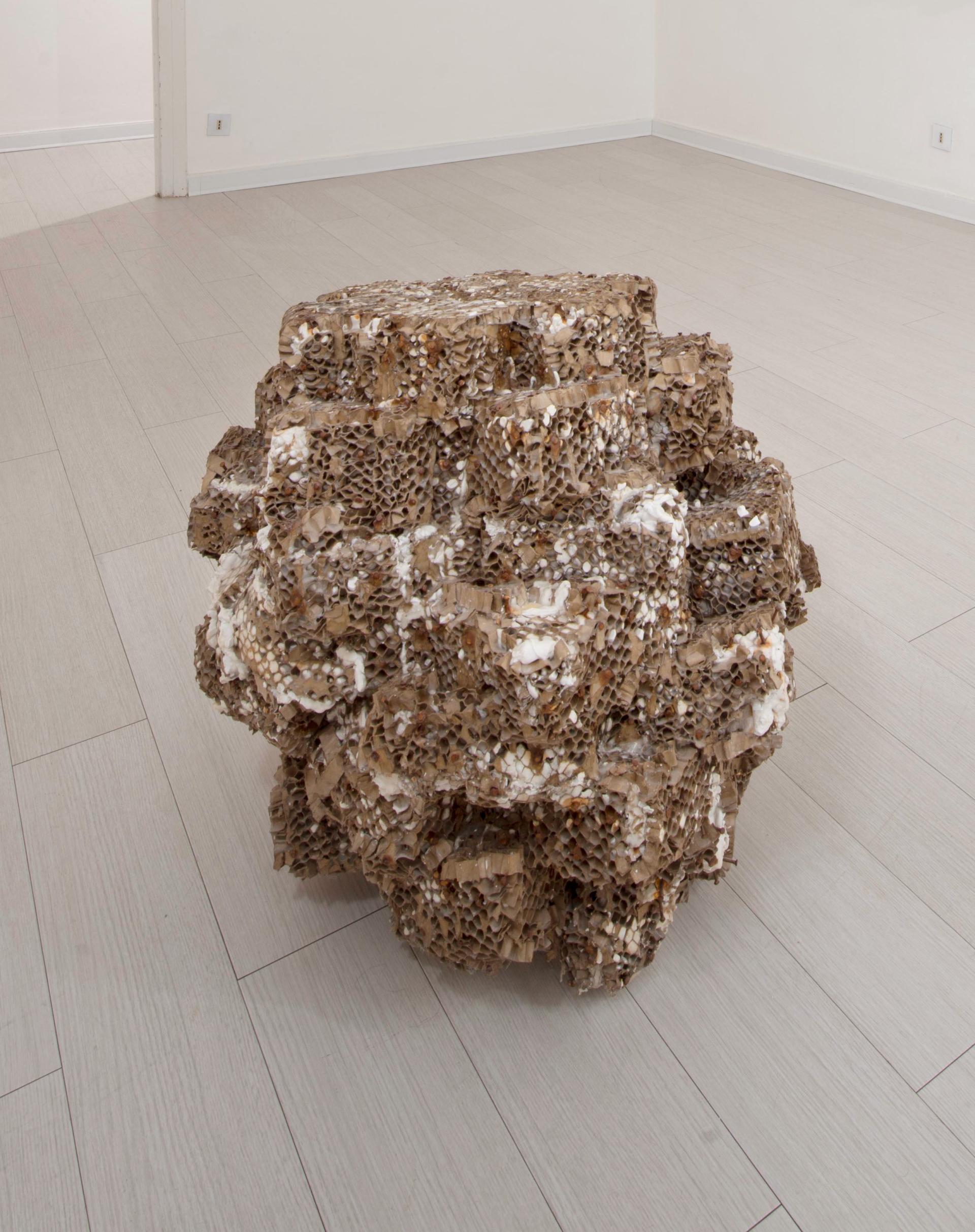
80 x 60 x 60 cm
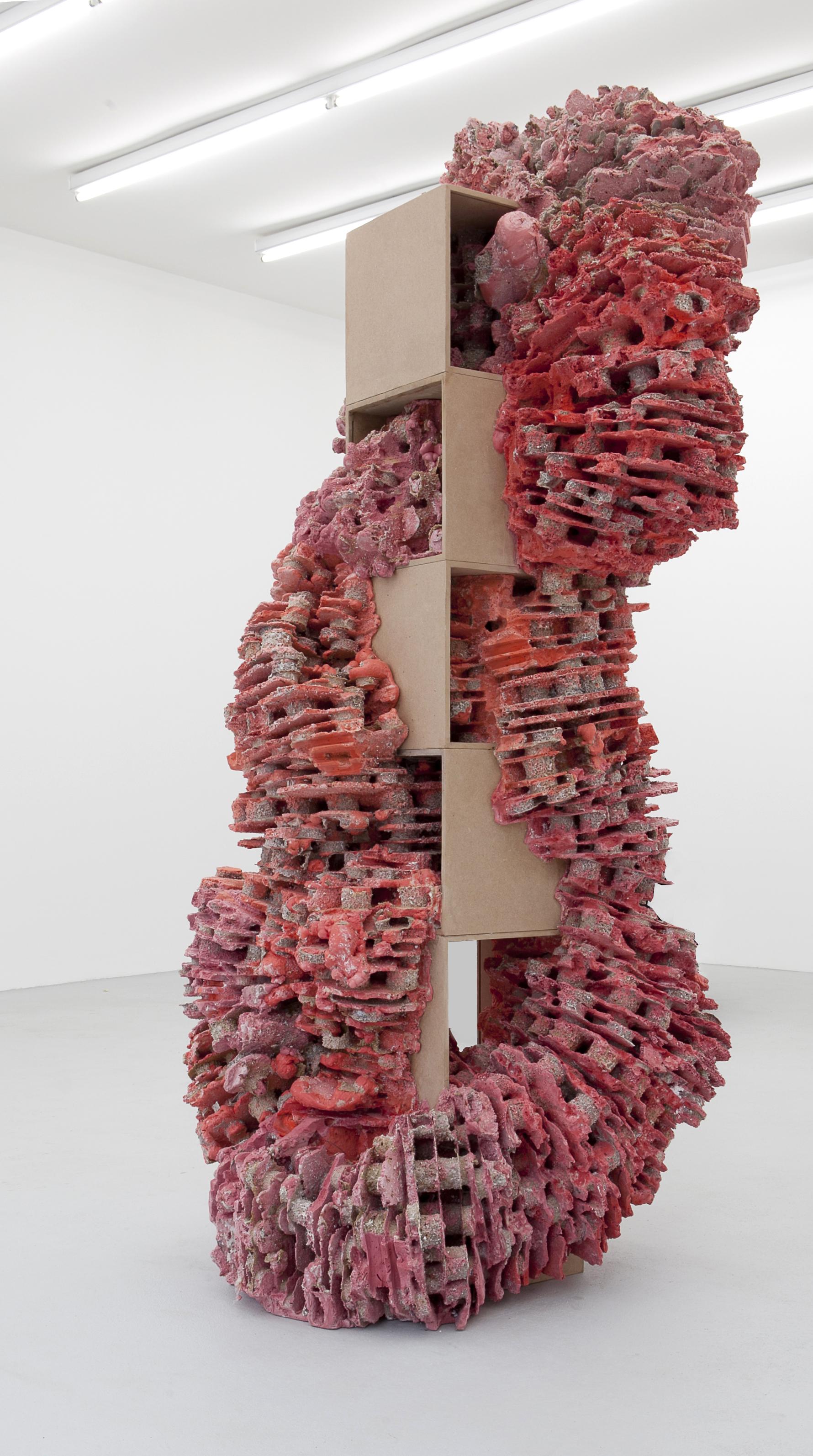
220 x 80 x 85 cm
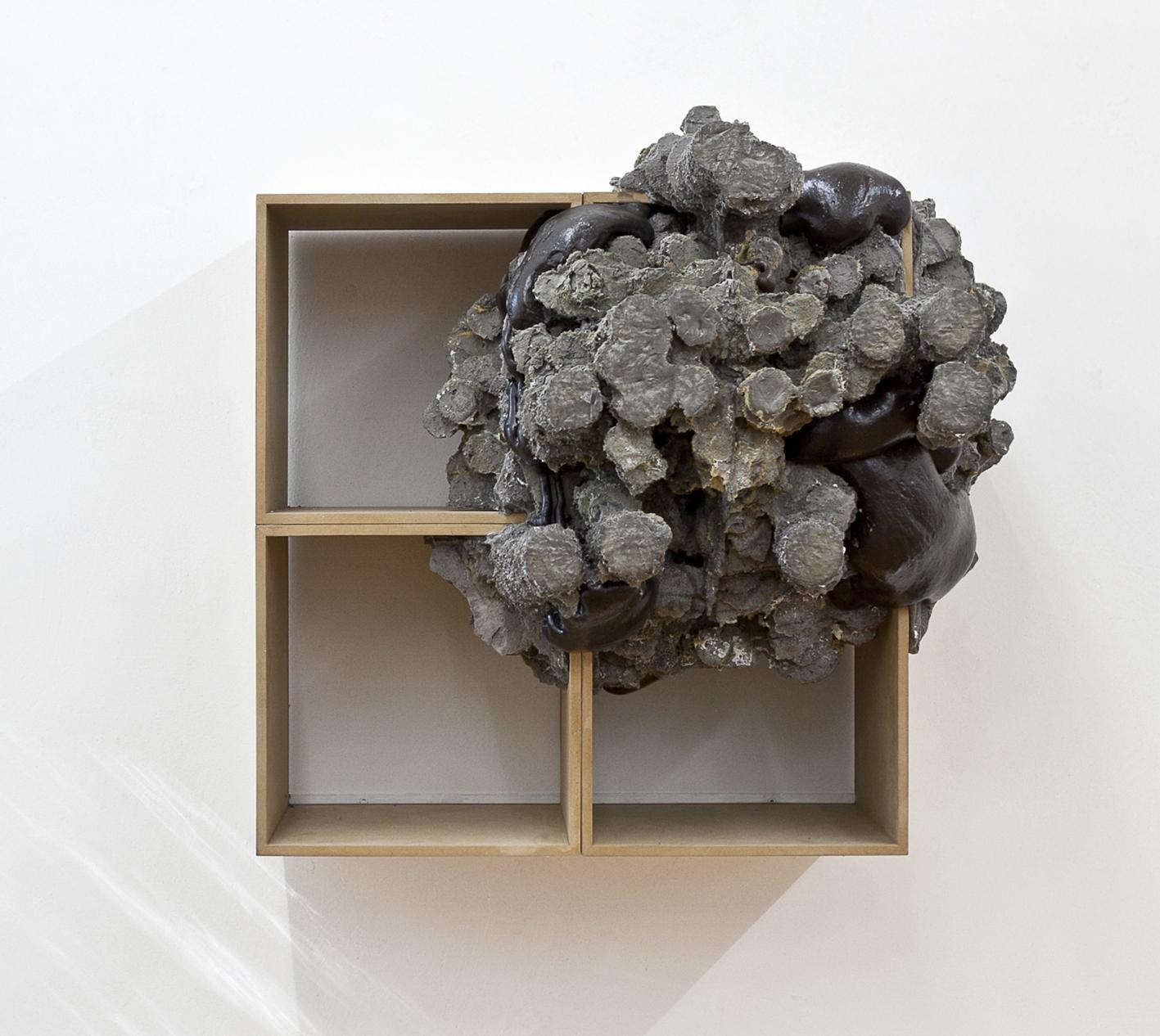
80 x 80 x 75 cm
